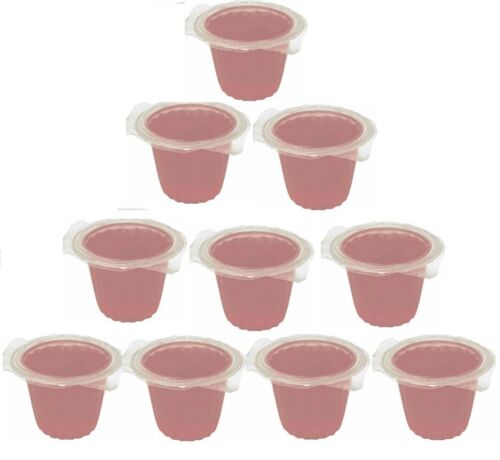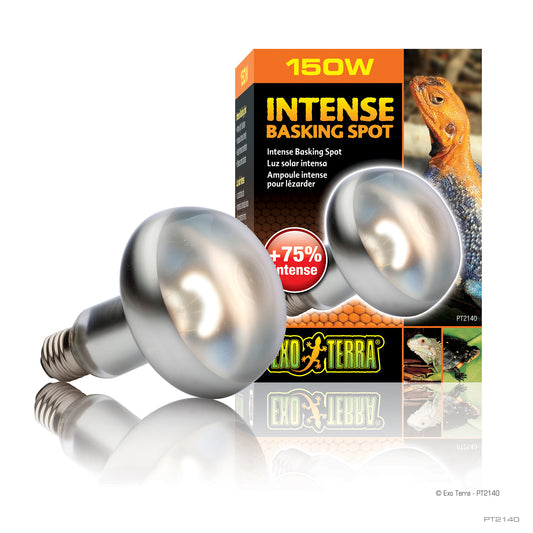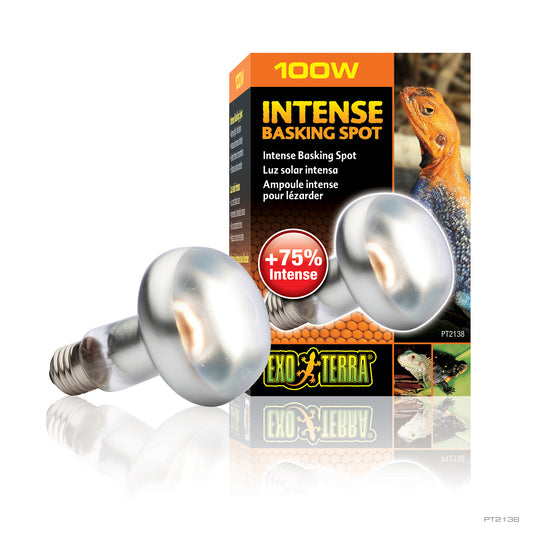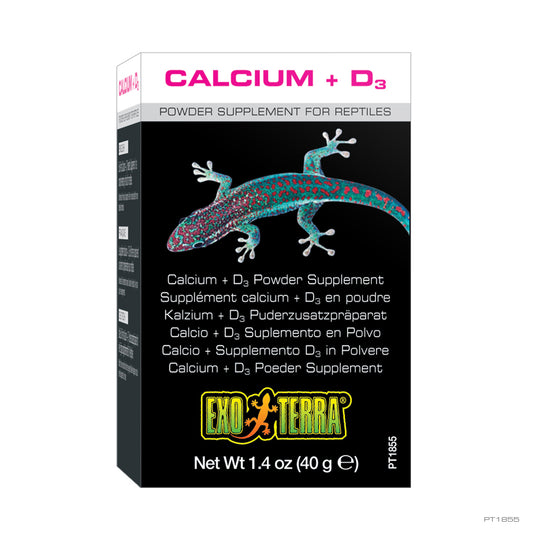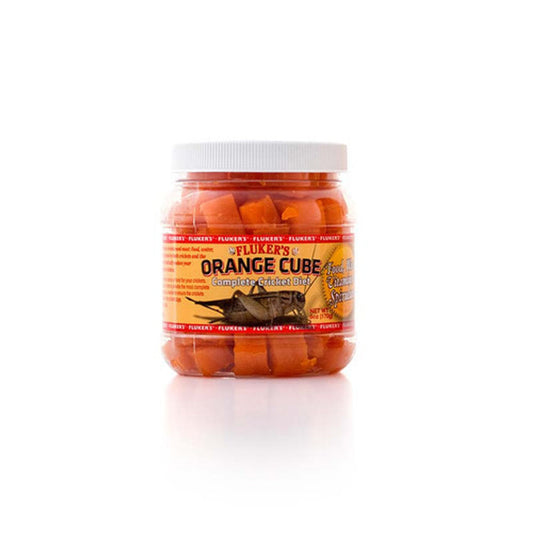
Day anoles, also known as green anoles or American chameleons, are captivating reptiles that have charmed enthusiasts with their vibrant colors and engaging behaviors. These small lizards offer a window into the world of urban reptiles and are a common sight in warmer regions. In this article, we'll delve into the fascinating details of day anoles, from their natural habitat to their care requirements as delightful companions.
General Description: Day anoles are characterized by their bright green coloration, which can change to brown or gray to match their surroundings. They possess slender bodies, long tails, and a distinctive dewlap (throat fan) that they use for communication and display.
Life Span: With proper care, day anoles can live for approximately 4 to 8 years in captivity, varying based on factors such as diet, habitat, and overall health care.
Natural Habitat: Day anoles are native to the southeastern United States and parts of the Caribbean. They inhabit a range of environments, from forests and grasslands to urban areas, often seen climbing on trees, bushes, and walls.

Average Size: Fully grown day anoles typically measure between 5 to 8 inches (13 to 20 cm) in length, including their tail.
Enclosure Size: A suitable enclosure for a day anole should provide ample space for climbing and exploration. A 10 to 20-gallon terrarium is recommended for a single anole, with vertical space for climbing elements.
Temperature and Humidity Requirements: Day anoles thrive in warm and moderately humid conditions. Maintain a temperature range of 75°F to 85°F (24°C to 29°C) during the day, with a slight drop at night. Humidity levels should be maintained around 60% to 70%.
Substrate and Bedding: Provide a substrate that retains moisture while also allowing for easy cleaning. Coconut coir, sphagnum moss, or a mix of both can serve as suitable bedding options.
Toxic Substances: Toxic substances should be avoided around day anoles, including:
- Chemicals and cleaning agents: These can be harmful if they come into contact with the anole's sensitive skin or if ingested.
- Toxic plants: Avoid placing toxic plants in the enclosure, as day anoles may accidentally consume them.
Fun Facts:
- Day anoles are known for their ability to change color, although their color changes are more limited compared to true chameleons.
- They are skilled climbers, using their sharp claws to grip onto surfaces and navigate their environment.
- The dewlap on the throat of male day anoles is used for communication and territorial displays, often extended to attract females or ward off rival males.
- Day anoles are insectivores, with their diet consisting mainly of small insects such as crickets and flies.

Day anoles provide an enchanting glimpse into the world of reptiles, captivating enthusiasts with their vibrant appearance and unique behaviors. By creating an appropriate habitat with climbing elements, maintaining proper temperature and humidity, and offering a suitable diet, reptile enthusiasts can ensure the well-being of these fascinating creatures, contributing to the ongoing fascination with these remarkable anoles.


